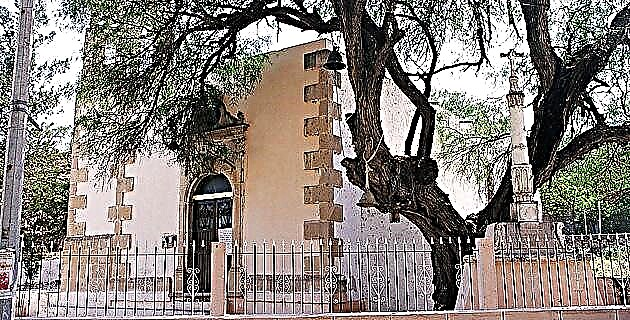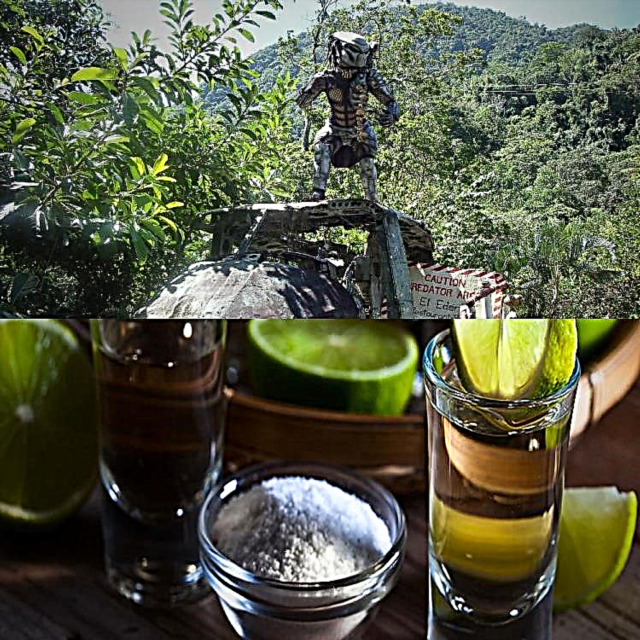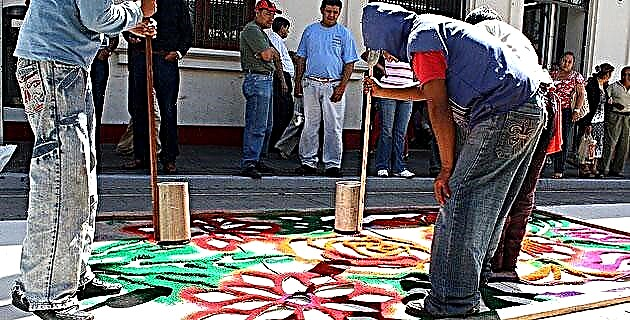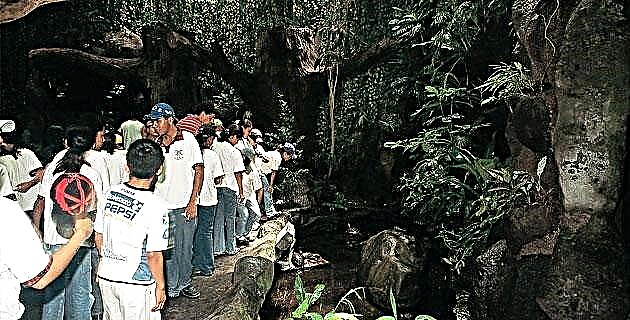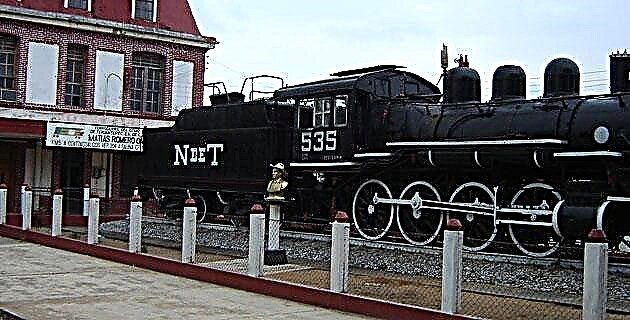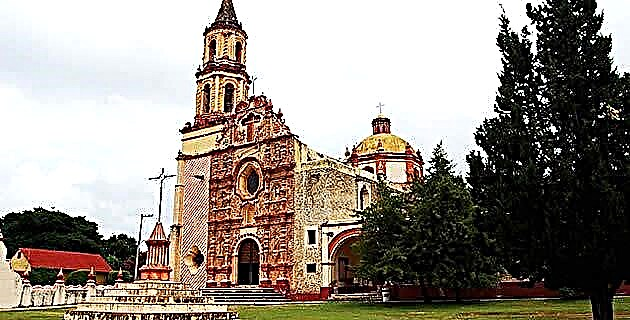
The missions of the Sierra Gorda de Querétaro are shown today in all their splendor. How much do you know about them? Here we talk about its history and its recent "discovery" ...
In full Sierra Gorda Queretana, after two centuries of hidden permanence, today shine in all their beauty, after undergoing a dignified and careful restoration, the five Franciscan missions to raise, towards the middle of the 18th century, that half dozen friars on fire with love of God and neighbor, led by a man with the size of a giant: Fray Junípero Serra. Missions that, in addition to the deep evangelizing and social significance they had in their time, are a paragon of art, of that popular Mexican baroque, unique in its kind.
Jalpan, Tancoyol, Landa, Concá and Tilaco, were once again located in their quality of colonial jewels, being "rediscovered" in 1961 in the midst of total abandonment, by a group of scholars from the National Institute of Anthropology and History. The expedition members were investigating the old Augustinian missions of San Luis Potosí, near Xilitla in the Huasteca Potosina, when they were surprised by a storm that caused them to lose their way and walk randomly for hours, in the middle of the night. At dawn they found themselves in front of a dilapidated church that, amid undergrowth and thistles, revealed an extraordinarily beautiful facade. It was Jalpan's mission. With no traces of human presence around it, the remains of that one resisted the ravages of time and the depredation of natural elements, awaiting their rescue to tell their story and that of the men who built it.
Rediscovering the Jalpan mission was like simply finding the tip of the ball. It was enough to pull him to follow his trail, locate Para, his four sister missions and be amazed at its marvelous architecture. The astonishment would not be exclusive in terms of art, but would necessarily reach the men who made them and the how and why, for many already forgotten.
And it is not that the existence of the missions was completely ignored since Fray Francisco Palou, companion and biographer of Fray Junípero Serra, gave a complete description of them in his work; And to cite other interesting mentions we will note that the researcher Jacques Soustelle, in his book on the Otomí-pames, which he wrote in 193 7, spoke about them, and that other writers, such as Meade and Gieger, also named them in their studies carried out between 1951 and 1957.
When in 1767 the Franciscans had to leave their missions in the hands of the secular clergy to go to replace the huge holes left by the Jesuits recently expelled from the then territories of New Spain, their extraordinary work in the region collapsed: the population gathered with so much effort it was dispersed, and the places - with their respective missions - were abandoned. Some decades later, the War of Independence of 1810 and the subsequent years of riots, internal strife, foreign interventions, revolutions, all accompanied by irresponsibility and the ignorance of many, plunged that fabulous work, that art, into a total solitary ruin.
Fray Junípero Serra, when leaving his beloved Sierra Gorda queretana, interrupted a part of his gigantic enterprise, to resume it in other latitudes: in the Californias, where the samples of his missionary work from San Diego to San Francisco are preserved; work in such an appreciated way that, at present, his statue occupies a place of honor in the House of Representatives of the House of Deputies of Washington, for being considered the most illustrious person in the state of California.

